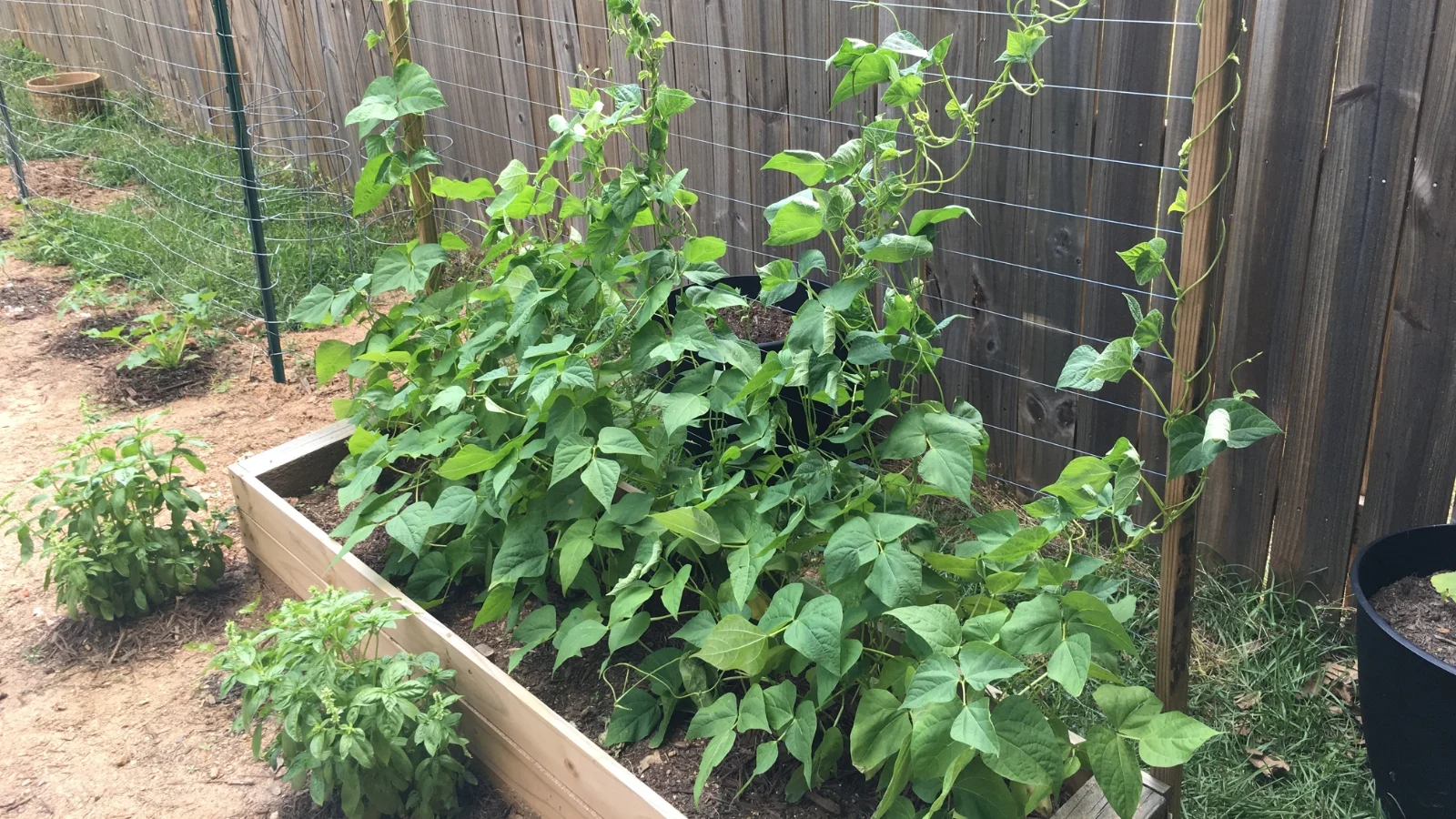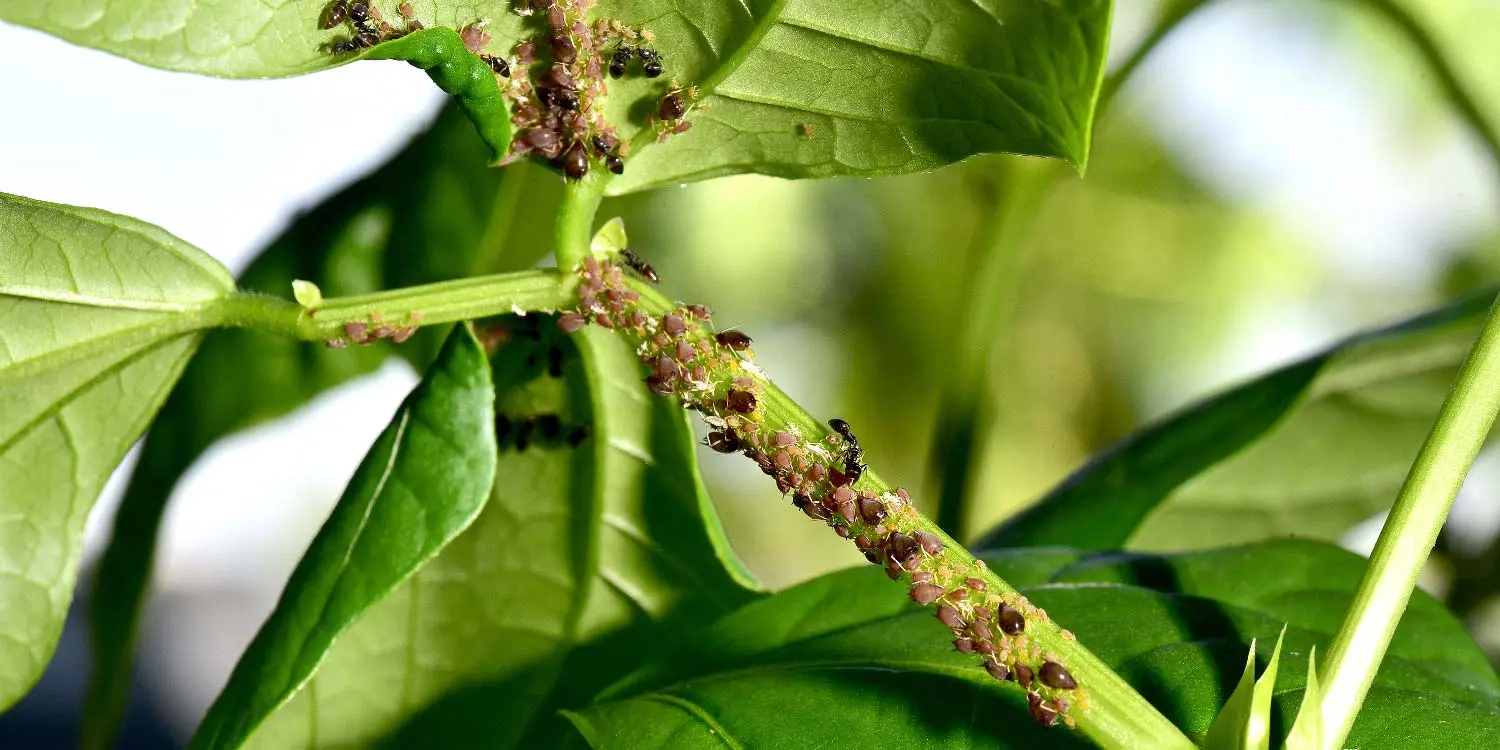Growing green beans at home is an incredibly rewarding gardening project that can result in a delicious and nutritious crop. Whether you’re an experienced gardener or a beginner, learning how to grow green beans is simple and enjoyable. In this comprehensive guide, we will cover everything you need to know about growing green beans—from choosing the right type of beans to harvesting them and preserving your harvest.
Why You Should Grow Green Beans at Home

Green beans, also known as string beans or snap beans, are one of the easiest vegetables to grow in your garden. There are several reasons why you should consider growing your own green beans:
- Freshness: There’s nothing better than the taste of homegrown green beans, harvested at their peak freshness.
- Health Benefits: Green beans are a nutrient-packed vegetable full of vitamins like vitamin C, vitamin K, and folate. By growing your own, you can ensure your beans are free from pesticides and harmful chemicals.
- Cost-Effective: Green beans are a high-yielding crop. By growing them yourself, you can save money on grocery bills while enjoying a bountiful harvest.
Whether you’re planting green beans in a small backyard garden, raised beds, or even a container, the process is simple and rewarding. Let’s dive into how to grow green beans successfully!
How to Grow Green Beans: Choosing the Right Variety for Your Garden
Before you start planting, the first step is to choose the right type of green beans for your garden. There are two main types of green beans: bush beans and pole beans. Understanding the differences will help you select the best one for your space and needs.
Bush Beans: A Great Choice for Small Gardens

Bush beans are compact, low-growing plants that don’t require a trellis or support system. They grow quickly and typically produce their entire crop within 50-60 days. These beans are ideal for small gardens or container gardening since they don’t take up much space.
- Pros:
- No need for a trellis or climbing structure.
- Quick harvest time (usually 50-60 days).
- Ideal for small spaces and raised beds.
- Cons:
- Shorter harvest period (once they’re done, they’re done for the season).
- Limited to a single crop per growing season.
Pole Beans: Perfect for Larger Spaces

Pole beans are climbing plants that require support, such as a trellis or poles. Unlike bush beans, pole beans produce continuously throughout the growing season, so you can harvest them over an extended period. While they take longer to mature, pole beans tend to have a higher yield overall.
- Pros:
- Longer harvest period (beans continue to produce over time).
- Ideal for larger garden spaces or vertical gardening.
- Higher yield over the season.
- Cons:
- Require support structures like trellises.
- Take longer to mature than bush beans.
Whether you choose bush or pole beans, both varieties are relatively easy to grow and provide delicious, fresh green beans. Your choice will depend on your available space and how often you want to harvest.
When to Plant Green Beans: The Best Time for a Successful Harvest

Timing plays a critical role in successfully growing green beans. These plants love warm weather and are sensitive to frost, so it’s important to wait for the right conditions before planting.
Ideal Planting Time for Green Beans
Green beans are best planted after the last frost of spring, when the soil has warmed up to at least 60°F (15°C). Beans are not frost-tolerant, and planting them too early can lead to poor germination or stunted growth.
- Warm Climates: In warmer climates, you can plant green beans as early as March or April.
- Cooler Climates: In cooler regions, it’s best to wait until late spring or early summer for optimal growth conditions.
By waiting for the right soil temperature and avoiding late frosts, you can set your green beans up for a strong start. If you’re not sure when your last frost is expected, check with your local gardening center or use online tools to track frost dates in your area.
How to Plant Green Beans: A Step-by-Step Guide
Planting green beans is straightforward, and you don’t need to be an expert gardener to get started. Here’s a step-by-step guide to help you plant green beans successfully:
1. Prepare the Soil for Planting
Green beans thrive in well-drained, loose soil that’s rich in organic matter. If your garden soil is compact or heavy, loosen it with a garden fork or tiller to ensure proper drainage. Add compost or organic matter to improve soil structure and fertility.
- Tip: Beans prefer slightly acidic to neutral soil (pH 6.0 to 7.0). You can test your soil’s pH with a simple home testing kit to make sure it’s in the optimal range.
2. Plant the Seeds
- For Bush Beans: Plant seeds about 1 inch deep, spacing them 2 to 4 inches apart in rows.
- For Pole Beans: Plant seeds 4 to 6 inches apart, near a trellis or support structure that they can climb.
3. Watering After Planting

After planting, water the soil thoroughly to help the seeds germinate. Keep the soil consistently moist, especially during the first few weeks. Be careful not to overwater, as beans don’t like soggy soil. Water the base of the plants directly, rather than spraying water on the leaves.
4. Mulch the Soil
Applying 2 to 3 inches of mulch around your green beans helps retain moisture, prevent weeds, and keep the soil temperature stable. Mulch also promotes healthy root development, making it easier for the plants to grow strong.
How to Care for Green Beans: Essential Tips for Healthy Growth

Once your green beans are planted, proper care will help ensure a successful harvest. Here are some important tips for maintaining healthy green bean plants:
Watering Green Beans
Green beans need regular watering to grow well. Water them deeply about once a week, especially during dry spells. Beans prefer soil that is consistently moist but not waterlogged. To avoid wetting the leaves, water at the base of the plant using a soaker hose or drip irrigation system.
Fertilizing Green Beans
Green beans are nitrogen-fixing plants, which means they can absorb nitrogen from the air and convert it into a usable form. This reduces the need for additional nitrogen fertilizer. However, you can improve growth by adding compost or an all-purpose organic fertilizer if your soil is lacking in other nutrients.
- Tip: Avoid over-fertilizing, as too much nitrogen can lead to excessive foliage growth and fewer beans.
Supporting Pole Beans
If you’re growing pole beans, they’ll need support as they climb. A simple trellis, teepee, or fence will work well. Train the beans to climb the structure, and trim any excess growth to keep the plants healthy and manageable.
Regularly Check for Pests and Diseases
Pests and diseases can sometimes affect green bean plants. Keep an eye out for common problems like aphids, Mexican bean beetles, or fungal diseases such as bean rust. Use natural or organic solutions to control pests and promote healthy growth.
Common Pests and Diseases in Green Beans
Green beans can be susceptible to a range of pests and diseases. Here are a few common problems to watch for:
- Aphids: Small insects that suck sap from the leaves, weakening the plant. Use insecticidal soap or introduce beneficial insects like ladybugs to control aphid populations.
- Mexican Bean Beetles: These pests eat leaves and pods, damaging your crop. Neem oil or an organic pesticide can help control them.
- Rust: A fungal disease that causes orange spots on the leaves. Prevent rust by ensuring proper air circulation and avoiding overhead watering.
How to Harvest Green Beans: Tips for a Bountiful Harvest
Harvesting green beans at the right time is crucial for getting tender, flavorful beans. Here’s when and how to harvest:
Bush Beans
Bush beans typically mature quickly, so be sure to check the plants every few days. Harvest the beans when they’re still young and tender. Beans that are left too long will become tough and stringy.
Pole Beans
Pole beans take longer to mature but produce continuously over the growing season. Pick the beans regularly to encourage the plant to produce more. Be gentle when harvesting to avoid damaging the vines.
- Tip: Use sharp garden scissors or shears to cut the beans off the plant without causing harm.
How to Store Green Beans: Preserving Your Harvest
Once you’ve harvested your green beans, you can preserve them in several ways to enjoy throughout the year:
Freezing Green Beans

Freezing is one of the best methods for preserving green beans. First, blanch the beans by boiling them for about 3 minutes, then immediately transfer them to ice water. Once cooled, drain the beans and store them in freezer-safe containers.
Canning Green Beans
If you have a large harvest, consider canning your green beans. Use a pressure canner to safely preserve them for long-term storage. This method allows you to enjoy your green beans months after they’ve been harvested.
Drying Green Beans
For dry beans, leave the beans on the plant until they’ve fully matured. After harvesting, remove the beans from the pods and store them in airtight containers in a cool, dry place.Nutrient-Rich Green Beans
Troubleshooting Green Bean Problems

If your green beans aren’t growing as expected, here are some common problems and solutions:
- Poor Germination: If your beans don’t germinate, it could be due to cold soil or poor-quality seeds. Plant the beans when the soil is warm, and make sure to use fresh, high-quality seeds.
- Yellowing Leaves: Yellowing leaves can indicate a nutrient deficiency or overwatering. Check the soil’s drainage and consider adding compost to improve fertility.
- Low Yield: If your plants aren’t producing many beans, check the spacing and ensure they have enough sunlight and nutrients.
Conclusion: Enjoy the Fruits of Your Labor

Growing green beans is a rewarding and simple gardening project. With proper care and attention, you can enjoy a bountiful harvest of fresh, homegrown green beans. Whether you choose bush beans or pole beans, the steps to success are straightforward and enjoyable.
Remember to choose the right variety for your space, plant at the correct time, provide consistent care, and watch for pests and dNutrient-Rich Green Beansiseases. By following this guide, you’ll be well on your way to growing healthy and delicious green beans!
Keep reading:

Hello future gardener, starting your own garden can be a wonderful adventure, bringing joy, beauty, and delicious flavors into your […]

As the days grow shorter and temperatures begin to drop, it’s time to think about getting your garden ready for […]

Introduction: Gardening is a rewarding hobby that brings you closer to nature, and growing your own herb garden can be […]

Hey garden lovers! Fall yard cleanup can easily turn into a day-long job, but don’t let all that hard work […]
